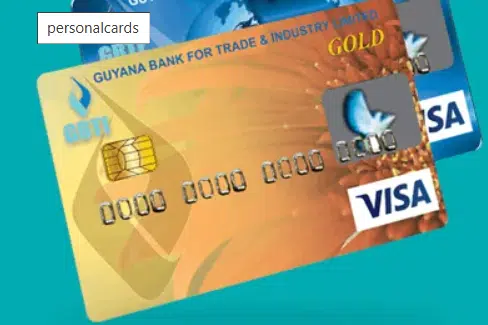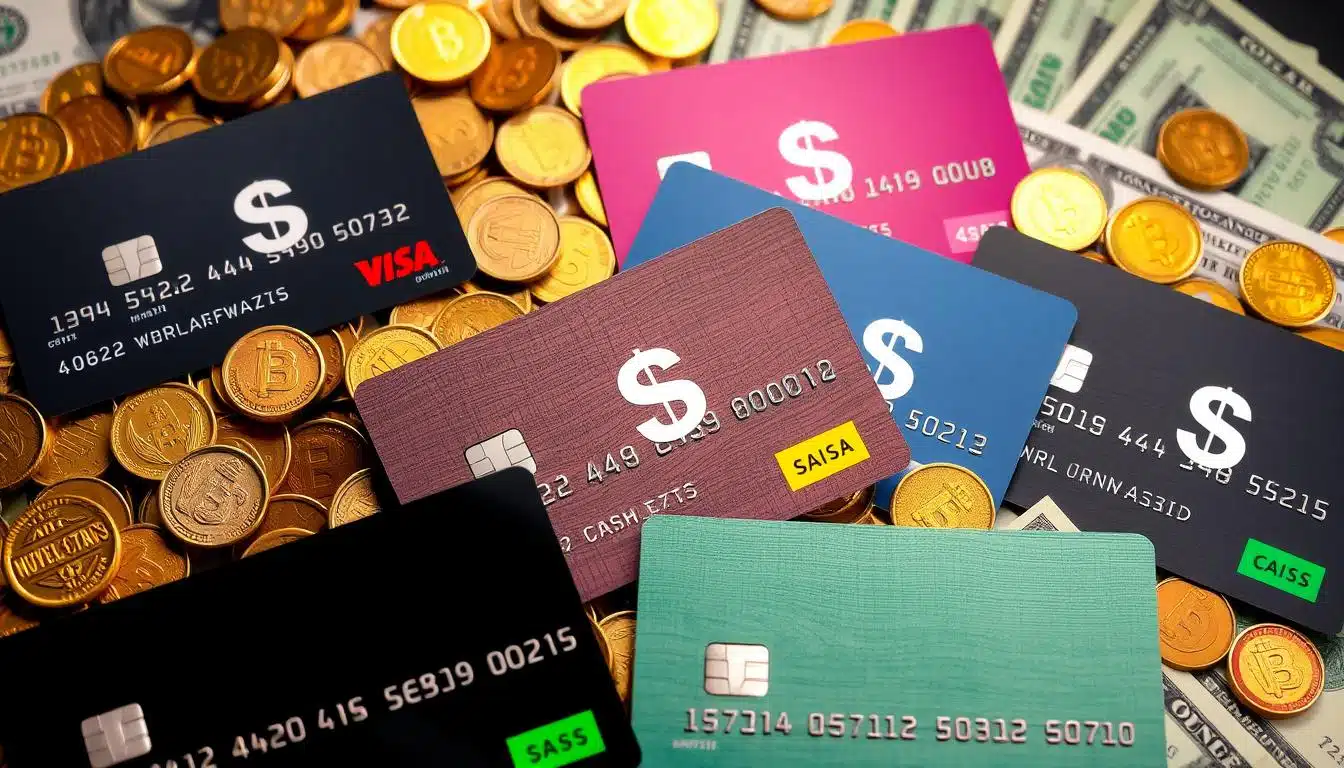The United States economy is set for big changes by 2025. It’s key to know the current economic scene. This helps us spot major GDP trends that will guide future policies and approaches. Keeping the economic forecast 2025 in view, we’re diving into the expected growth details. We’ll show how different factors affect the economy’s overall health.

GBTI Visa Gold Card

In digging deeper, we see the importance of analyzing consumer spending, inflation, and trade policies. These are crucial for predicting how the economy will grow. Let’s delve into the expected economic growth in the upcoming years together.
Anúncios
Understanding Current Economic Landscape
As of early 2025, the US economy shows a complicated situation. Recent figures show a 0.5% drop in GDP for the first quarter. This marks a clear change from earlier growth trends. The decrease is mainly because people are spending less, slowing down the economy.
Anúncios
Businesses are being cautious with their investments because of the changing market. Also, government spending went down by 4.6%. This, along with more imports, adds to the economic challenges.
Key indicators to monitor include:
- GDP performance demonstrating the overall health of the economy
- Consumer confidence levels impacting spending habits
- Investment patterns, indicating business sentiment

It’s vital for those involved to understand these complex economic factors. Keeping an eye on these signs will help foresee the US economy’s direction.
Projected GDP Growth Rates for 2025
The expected GDP growth rates for 2025 suggest a cautious view given the current economy. Experts predict the US GDP will increase by 1.4%, a modest rise. This is lower than the usual 3.19% increase we’ve seen since 1947. So, Deloitte’s outlook hints at cautious hope but also possible ups and downs ahead.
Many things can affect these GDP growth numbers, like changes in tariffs and how the government handles money. Shifts in trade policies might stir the market, while actions by the Federal Reserve could shape how things go. Those keeping an eye on the future need to think about these points when making 2025 predictions.
Factors Influencing Economic Growth
Many things influence the economy’s growth in the United States. This includes tariff policies, inflation rates, and how people spend money. High tariffs can cause trade issues, slowing down investments and jobs. This makes businesses rethink their plans, affecting many areas.
Inflation also plays a big role in the economy. When inflation is high, people’s buying power goes down. This means people might spend less on extra things. This can slow down economic growth.
Experts think real GDP growth could drop to 1.4% because of high tariffs and inflation. This slow growth shows why it’s important for leaders to tackle these issues. They need to help create a situation where the economy can grow steadily.
Impact of Trade Policies on Economic Performance
Trade policy changes greatly influence the economy of the United States. With tariffs expected to jump above 15%, the effect on imports from big partners like China, Canada, and the EU will be huge.
Such policy changes bring about important changes:
- Imported goods might cost more, making things pricier for consumers.
- Countries hit by these tariffs might hit back, affecting our exports.
- Companies might have to change their supply chains due to higher costs.
The way tariffs and policies interact could have wide-reaching effects on the economy. Rising tariffs mean some local industries could do better because they have less foreign competition. But, industries that rely on imported goods might end up spending more to make their products. This impacts the whole economy’s performance.
Inflation Trends and Their Effects
In the US, inflation is expected to hit 3.6% by the end of 2025. It’s important to understand these trends to grasp their wider economic impact. With rising inflation from tariffs, people might start spending less.
The Fed’s policies will be key in tackling these issues. They plan to adjust interest rates to control inflation. How these changes interact with the economy will affect consumer and investor confidence.
Inflation impacts different sectors in varied ways. Essential items might get pricier faster than luxury products. This change in prices will force companies and policy makers to adjust their plans to keep the economy stable.
Consumer Spending Patterns in 2025
In 2025, consumer spending is likely to show slow growth. It’s estimated to go up by only 1.4%. This is due to a few reasons. Firstly, rising inflation and higher interest rates are big factors. These issues are changing how people of all ages spend their money.
People are feeling less positive about spending money now. They’re being more careful, especially with long-lasting items. Key economic signs suggest they will buy what they need, not what they want. This big shift in buying habits is because of money worries.
These tough economic times are really affecting how people use their money. Businesses and those who make policies need to understand these changes. It’s important for them to adjust their plans to meet these new spending behaviors.
The Role of Business Investment in Economic Growth
Business investment is key to boosting economic growth for the long term. Right now, predictions show a 1.6% drop in money put into buildings by 2025. This dip is worrying for the continued growth of the economy.
On the other hand, money spent on intellectual property is expected to rise by 2.4%. This suggests companies might focus more on new ideas and less on physical buildings. Investing in innovation could make companies more productive and give them an edge over others.
Also, how confident businesses feel and the higher costs from tariffs play a big role in investment choices. If the economy seems too shaky, companies might not want to start big projects. This could really change how businesses decide to invest.
Economic Growth and Employment Trends
The link between economic growth and job trends shows us how the job market changes. When the economy shifts, jobs go up and down. Unemployment might increase to 4.6% due to less business investment and the effects of higher tariffs.
Different areas of work will see unique trends because of these economic issues. Here are key points linking economic growth to job trends:
- Automation might cut jobs in making things but create new ones in tech sectors.
- Service jobs could grow, needing more skilled workers.
- Areas hit hard by trade rules may see more joblessness, which hurts local economies.
To handle these changes, decision-makers and companies need to plan carefully. Watching job rates is important now more than ever. It shows how stable the economy is and where it’s headed.
Sectoral Analysis: Housing Market Outlook
The housing market in 2025 is expected to change a lot, with some challenges ahead. We might see a drop in new homes being built, going down to 1.29 million units. High interest rates are making it hard for people to buy homes and for builders to start new projects. Plus, there aren’t enough homes for sale, making it even tougher for buyers.
Even with these troubles, home prices are still going up, expected to rise by 3.8% over the year. This increase shows that people still want to buy homes, even though it’s getting harder to do so. With mortgage rates high, there will be more competition among buyers, which makes it even harder for people to afford a new home.
Builders have to think of new ways to deal with these problems. They might need to focus on cheaper housing options and eco-friendly building practices. This approach could help meet what buyers are now looking for. Understanding these trends is key for anyone involved in the housing market in 2025.
Investment Trends in Technology and Innovation
Investment landscapes are changing, focusing more on technology and innovation for 2025. Companies plan to spend more on intellectual property. This will push forward sectors like artificial intelligence and data analytics. These sectors are key for future economic growth.
Yet, tariffs might slow down equipment spending and business investment. These tariffs can make it hard for companies to use new technologies fast. But, deregulation could help fix this, letting organizations increase productivity and innovate.
- Increased spending on AI and machine learning technologies.
- Growth in research and development as companies seek to innovate.
- Greater investment in cybersecurity measures to protect intellectual property.
Technology investment and innovation are merging, which is vital for the U.S. economy. Companies using these strategies might do well against competition, helping the economy grow.
Foreign Trade: Opportunities and Challenges
Foreign trade offers both big opportunities and challenges for the US economy. As global markets change, US businesses must adapt. They need to use these chances to grow and compete better.
Tariffs are key in shaping US foreign trade. They can protect local industries but might make things more expensive for consumers and companies. Here are some things to think about:
- Impact on Exports: High tariffs can make US products less competitive abroad.
- Import Costs: Tariffs can make imports more expensive, which affects supply chains and prices.
- Trade Negotiations: Negotiations can change tariffs, affecting trade relationships and opening new markets.
The uncertain nature of US tariffs can make businesses wary of trading overseas. Knowing about trade policies is very important for planning. As firms think about trading with other countries, understanding these issues is key to long-term success.
Understanding Economic Growth Scenarios for 2025
Looking towards 2025, the U.S. might see different growth scenarios. These could be good or bad, depending on trade deals and tariffs. Deloitte has three main growth forecasts: baseline, upside, and downside.
The baseline scenario sees a steady recovery with moderate growth, based on stable economic policies. The upside scenario is more optimistic. It expects strong growth from good trade policies and high consumer confidence. The downside scenario looks at bad trade tensions and rising prices, slowing down the economy.
Knowing these scenarios helps people get ready for what might come. Analyzing each one gives insights into dealing with economic changes. It’s important to keep an eye on these predictions to make smart choices in the future.
Conclusion
Looking toward 2025, the economy’s future seems complex. Different factors like evolving trade policies and changes in how people spend money are key. To succeed, businesses need to quickly adapt to these changes.
The rise of inflation and how much money businesses decide to invest are very important. They help us understand the economy’s health. With expected growth in the GDP, keeping an eye on these will be crucial.
Understanding the complex mix of economic factors is essential as we face future challenges. Companies that stay well-informed can take advantage of new opportunities and avoid risks. This is crucial in the ever-changing American economy.
FAQ
What is the projected GDP growth rate for the United States in 2025?
How are changing trade policies likely to affect the U.S. economy?
What is the expected inflation rate for the U.S. by the end of 2025?
How is consumer spending expected to change in 2025?
What trends are expected in the housing market for 2025?
How do business investment trends impact the economy?
What are the employment trends anticipated for 2025?
What factors contribute to the economic growth scenarios for 2025?
How might tariffs affect foreign trade opportunities?
What impact do tariffs have on consumer behavior and spending?
Conteúdo criado com auxílio de Inteligência Artificial


